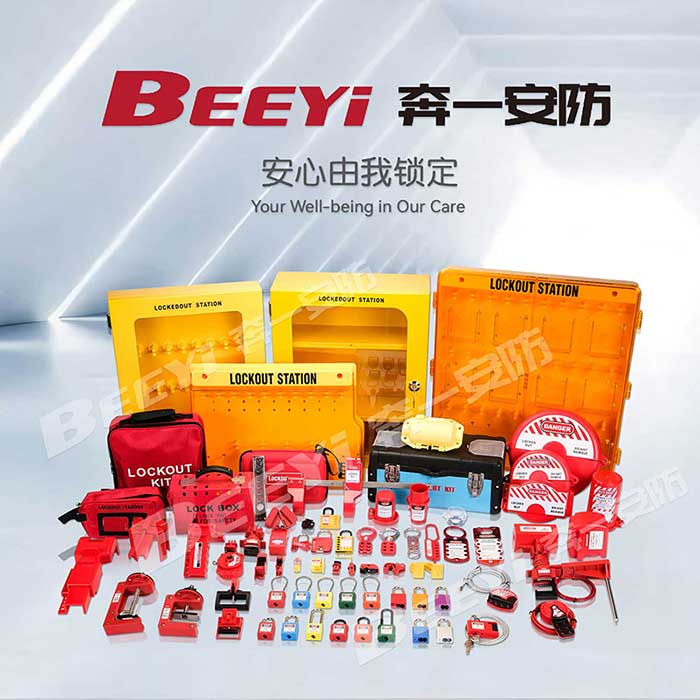safety padlocks lockout tagout: ensuring workplace safety through proper lockout procedures
Release time:2025-09-14 04:24:41
Safety in the workplace is paramount, especially in environments that involve heavy machinery, hazardous equipment, or high-risk activities. To minimize the risk of accidents and injuries during maintenance or repair work, organizations must implement strict safety protocols. One of the most effective methods for protecting workers is through the use of safety padlocks and lockout/tagout (LOTO) procedures. These practices are designed to ensure that machines and equipment remain inoperable while being serviced, reducing the chances of accidental starts or release of hazardous energy.

What is Lockout/Tagout (LOTO)?
Lockout/Tagout (LOTO) is a comprehensive safety procedure used in industrial settings to prevent the unintended release of hazardous energy during the maintenance or repair of equipment. This system involves two key components: Lockout and Tagout.
Lockout refers to the physical process of locking a machine or piece of equipment in a neutral or off state using specialized safety padlocks.
Tagout involves attaching a warning tag to the equipment, signaling that it is unsafe to operate and that maintenance or repair work is in progress.
The primary goal of the LOTO system is to prevent equipment from being accidentally started or re-energized while workers are performing maintenance or repairs. This practice is critical in preventing injuries related to electrical shock, mechanical movements, chemical releases, or fires.

